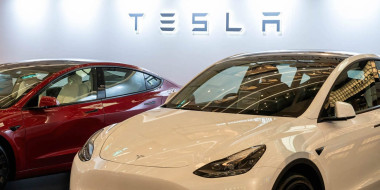Tesla was so swamped with complaints about driving ranges that it created a secret team to cancel owners' service appointments, source says
Tesla was so swamped with complaints about driving ranges that it created a secret team to cancel owners’ service appointments, source says::To suppress the volume of complaints the automaker created a secret “Diversion Team” in Las Vegas to cancel appointments, Reuters reported.
